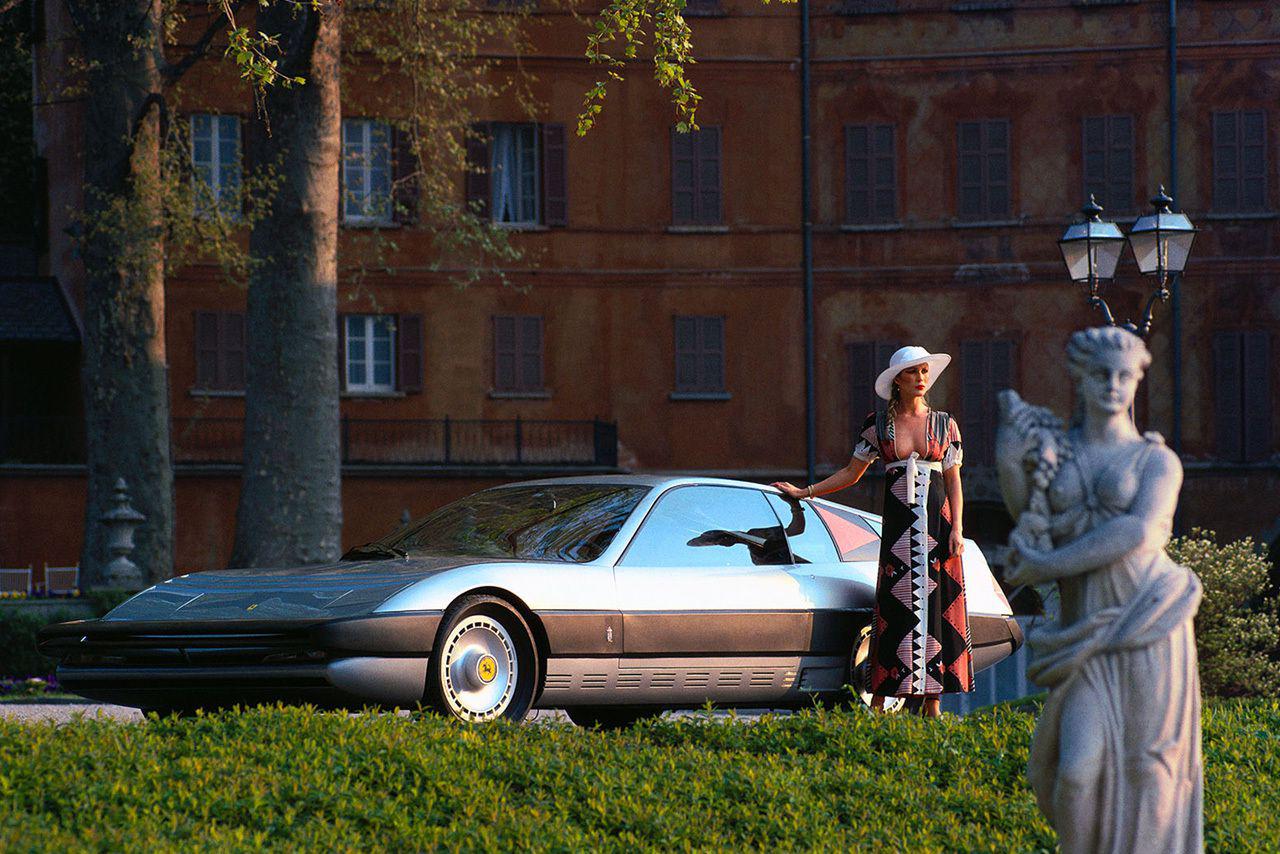A prototype from the seventies with the aerodynamics of modern supercars
It’s no secret that the Pininfarina studio and the Ferrari company have been cooperating for over half a century. But some pages of this union are in the shadows to this day. One such page is the Ferrari Cr 25 prototype, which has become Pininfarina’s aerodynamic testing ground.
Until 1969 – the very same when Fiat acquired 50 percent of Ferrari – the famous Maranello stable created almost all of its projects in collaboration with the Pininfarina studio. Including motorsport. However, the Fiat bosses demanded that Enzo Ferrari and his subordinates rationalize costs, which led not only to the organization of open design competitions, but also to the restructuring of the motorsport division: now most of the bodywork for racing cars was developed directly in Ferrari.
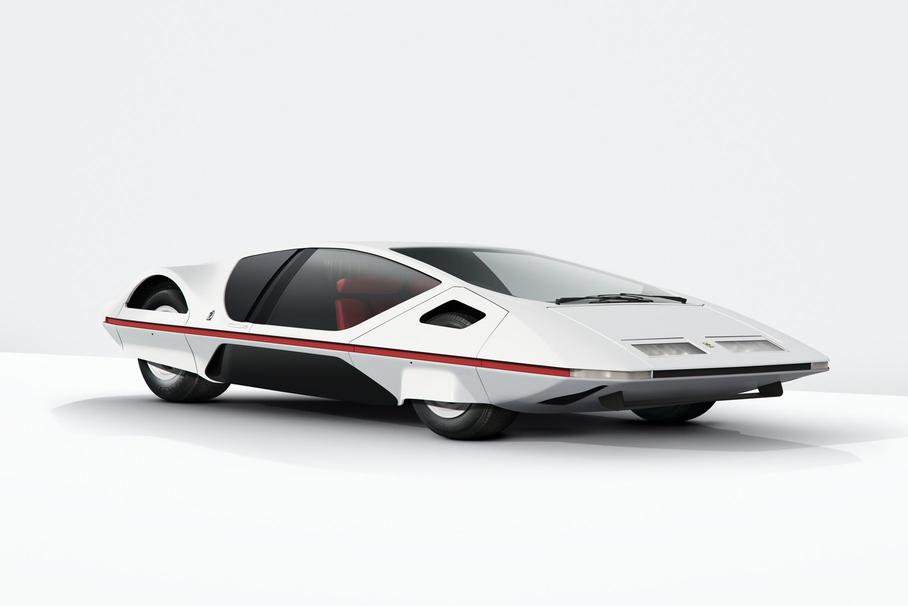
Ferrari 512S Modulo Concept
However, this did not mean that the Pininfarina studio fell out of Ferrari life. In 1970, Ferrari collaborated with the studio to prepare the futuristic 512S Modulo concept car, which once again refutes the Commendatore’s claim that “aerodynamics are needed for those who don’t know how to build engines.” Thanks to its streamlined hull and low curb weight (900 kilograms), the Modulo’s design top speed exceeded 350 kilometers per hour – an unattainable figure even for formula Ferraris of that time.

Fortunately, Pininfarina has always understood the importance of working with air currents. In 1971, the firm worried about purchasing a new wind tunnel, and in the second half of 1972 its installation was completed. The only thing left was to try out the new toy with an interesting project. One of the old-timers of Italian automotive design, Aldo Brovarone, proposed a four-seater Gran Turismo that was both elegant and functional. This is how the history of the Ferrari Cr 25 began.
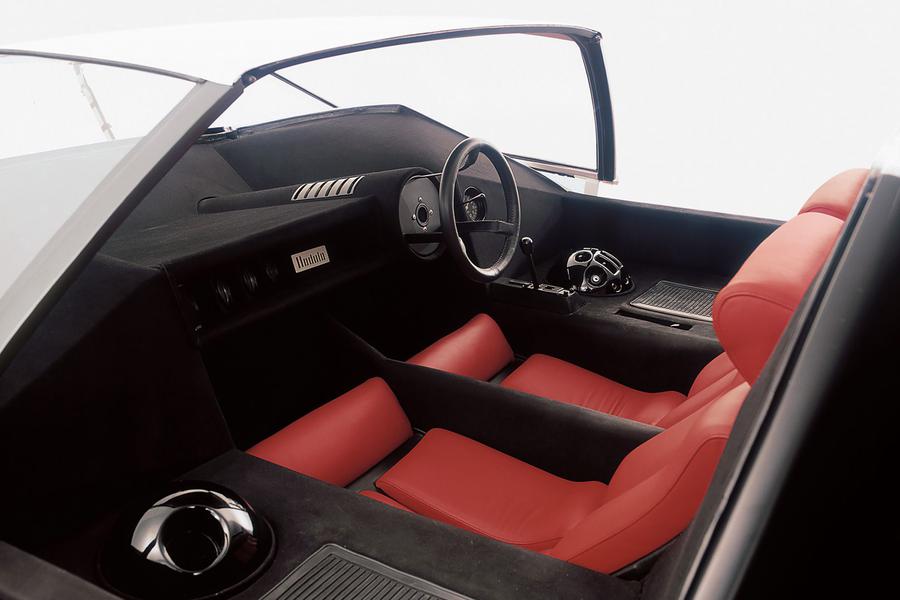
It is not known for certain on the chassis of which car the prototype was built. But, most likely, the starting point of the Cr25 was the Ferrari 365 GT4 coupe, introduced in 1972. And which, despite conflicting reviews, experienced two evolutions and was released until 1989.
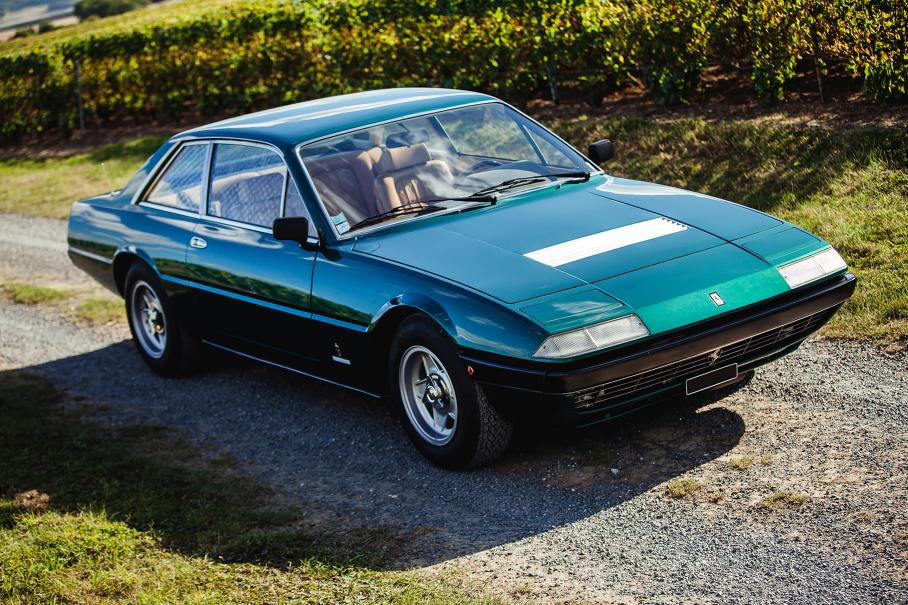
The Ferrari 365 GT4 was produced from 1972 to 1976. Subsequently, it was replaced by the Ferrari 400, and in 1985 – 412. Visually, the cars were almost the same
If so, Pininfarina has decently reworked the source: Cr is 124 millimeters wider than the Ferrari 365 GT4 and 130 millimeters lower. At the same time, the body length of the Cr 25, despite the long tail of Kamm, is one centimeter less than that of the 365 GT4. And the length of the wheelbase matches up to a millimeter – exactly 2.7 meters.

Despite the conceptual similarities, the Cr 25 and 365 GT4 are seriously different from each other: the prototype looks much faster and more modern. The perfected aerodynamics – and there could be no other with the newest wind tunnel – turned out to be so thoughtful that it was taken out in the name: Cr 25 – nothing more than the drag coefficient of the car, equal to 0.256. That is, Pininfarina was able to create a sports car with aerodynamics Porsche Taycan Turbo S already in the 1970s.
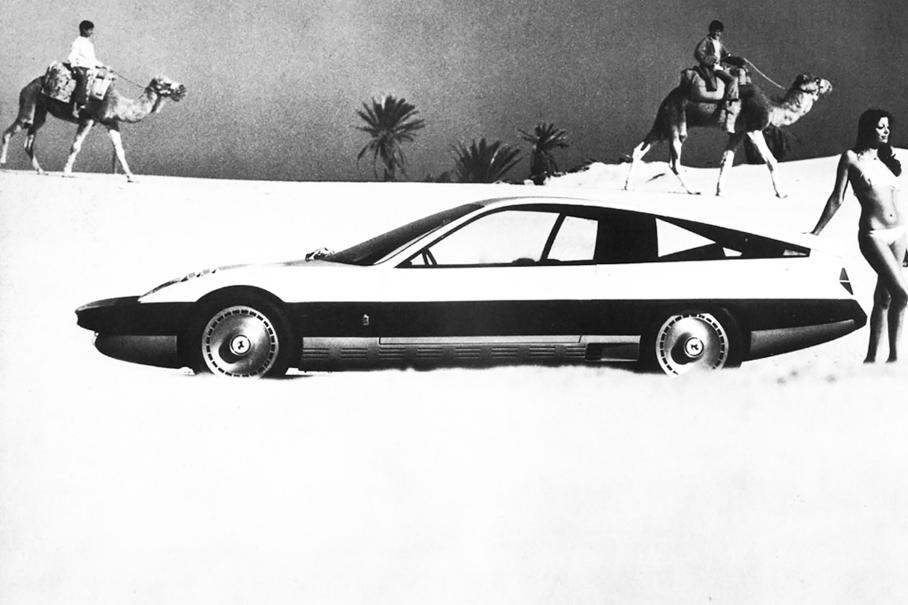
But the drag coefficient is just numbers. And the “kitchen” Cr 25 is much more interesting than dry numbers.

The effective and efficient body of the prototype can be roughly divided into three levels, and each of these “levels” in Pininfarina helpfully marked with different colors.
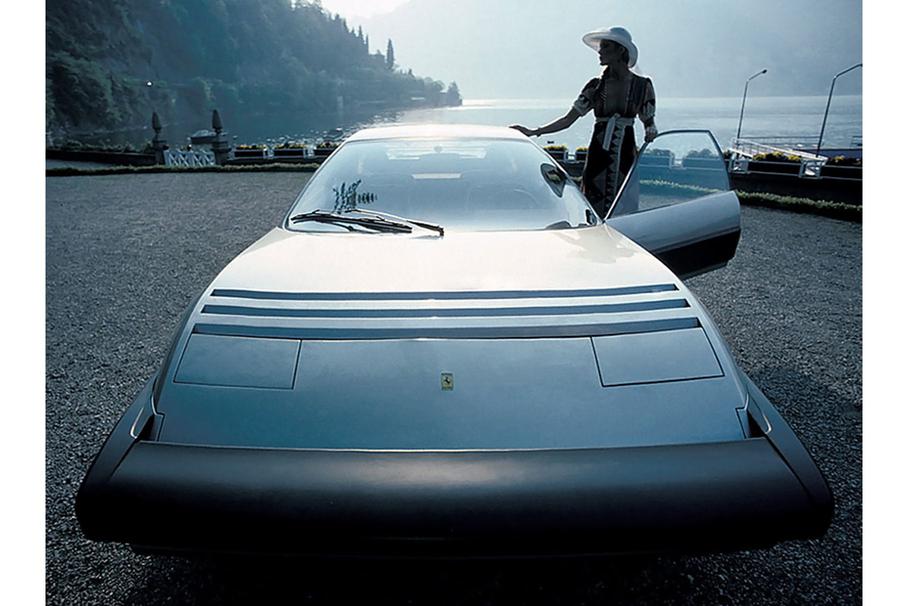
The lower level, marked in silver, is unpainted aluminum. Thanks to him, the car turned out to be quite light, which has a positive effect on both fuel efficiency and handling, as well as dynamic characteristics. The rims are also silvery for a reason – they are made of aluminum alloy.

The middle tier is painted black and surrounds the car in a circle with a contrasting stripe. And this level has more functionality. First, aesthetic: all sorts of contrasting stripes, stickers – all this was extremely popular in the seventies. Secondly, preventive: a rubber belt protected the car from side scratches (like Citroen Airbumps), and also served as bumpers. Moreover, the front and rear bumpers, inscribed in this black circle, were certified under the new American legislation – the very one that disfigured hundreds of cars with protruding “benches”. Finally, the second level had an aerodynamic function: the front bumper, thanks to its two-story structure, played the role of a spoiler and increased downforce on the front axle.

Also tires can be referred to as “black” average level. At least because of the color. They were specially manufactured by Pirelli for the concept car and have reduced rolling resistance. That is, Cr 25 was created with the expectation of fuel efficiency – an important quality in the crisis 1970s.
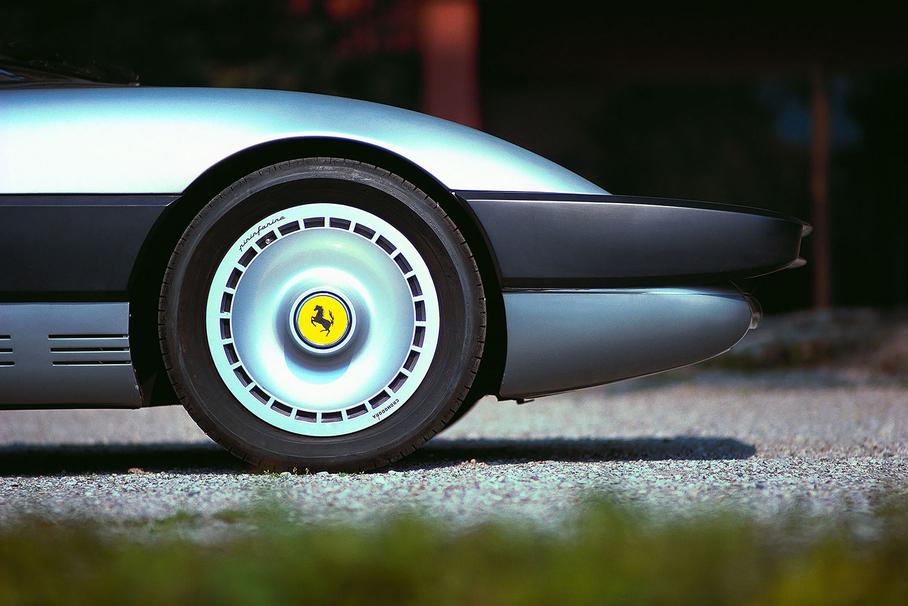
Finally, the upper level, which is painted pearlescent white, was only responsible for the beauty and streamlining. In the name of this very streamlining, the concept was even deprived of traditional door handles: instead of the – touch buttons.
The front lighting equipment of the Cr 25 is separate: in the lower part, under the bumper – foglights, above, on the line with the hood – lifting headlights of the main light. However, the car has more than lifting headlights. Notice the black plates with red triangles that divide the rear side windows in two. They are not here for beauty – active aerodynamic elements are marked with red triangles! In fact, these are the same brake plates seen on the Pagani Huayra.
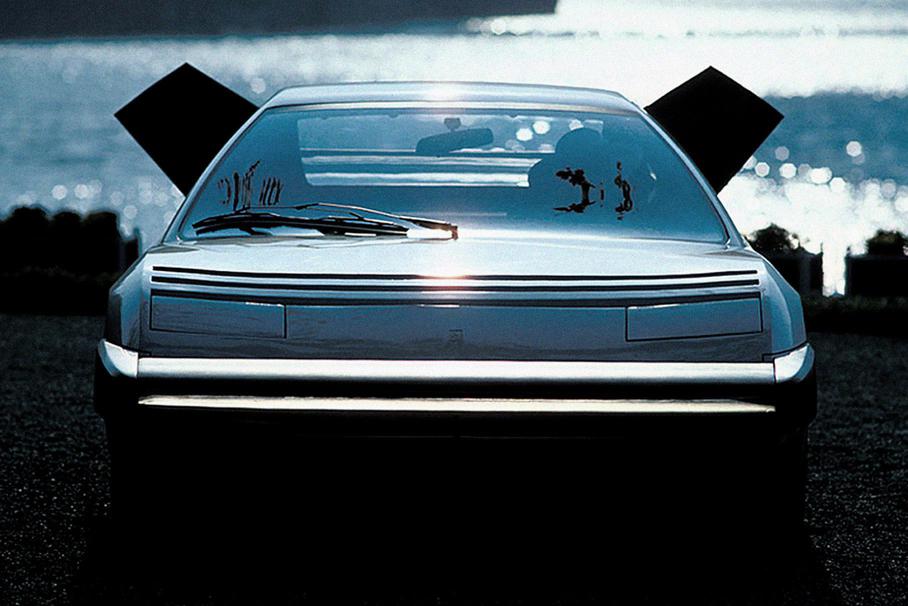
The question remains, what agility these same brake plates should have upset. If the Cr 25 is really based on a Ferrari 365 GT4, then under the hood should be a 4.4-liter V12 engine with 340 horsepower. Considering that the 365 sprinted to 100 km / h in 7.4 seconds and its top speed was 240 kilometers per hour, the Cr 25 should be a little faster on all counts.

Unlike the engine compartment, the Cr 25 does not hide its interior. Thanks to the large glass area, the interior is light and airy. And very retro-futuristic: the seats are made of six cushions applied to the bare frame, and the few buttons on the dashboard are made touch-sensitive. The bright blue of the seats is accentuated by segments in black Alcantara.
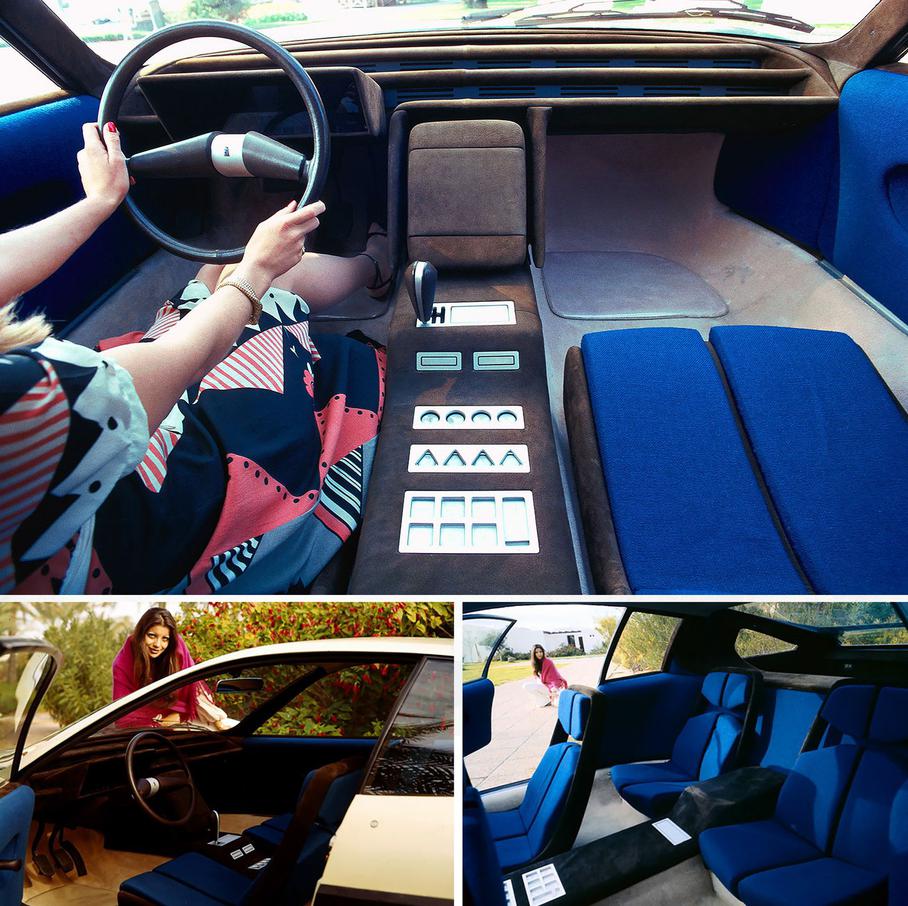
Of course, such a car had no prospects for mass production. The only Ferrari Cr 25 was released in 1974 at the Turin Motor Show. After this event, the “upper” level of Cr 25 was repainted in silver, took several photos of the car for the Pininfarina catalogs, and then hid it in the museum’s storerooms.
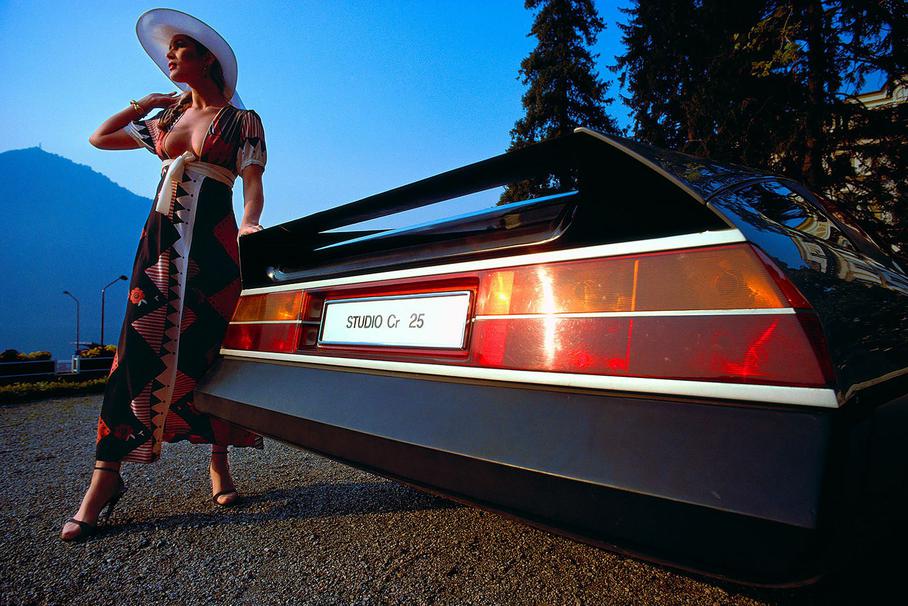
Did Cr 25 affect the relationship between Ferrari and the studio? Quite possible. Pininfarina has once again proved its professionalism and commitment to innovation, thanks to which the two giants of the Italian auto industry have long gone hand in hand. And they still maintain good relations.





